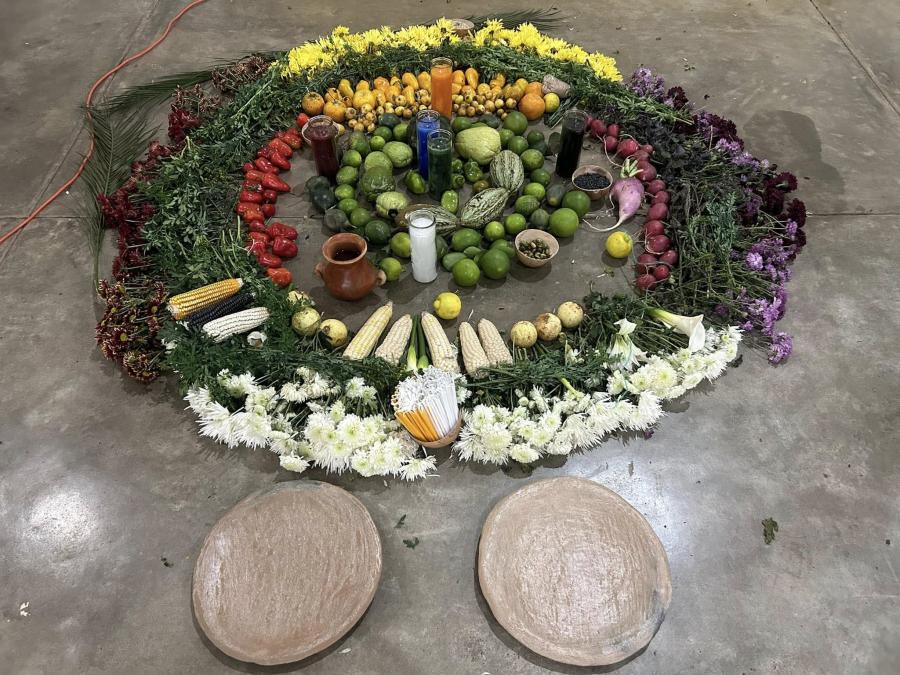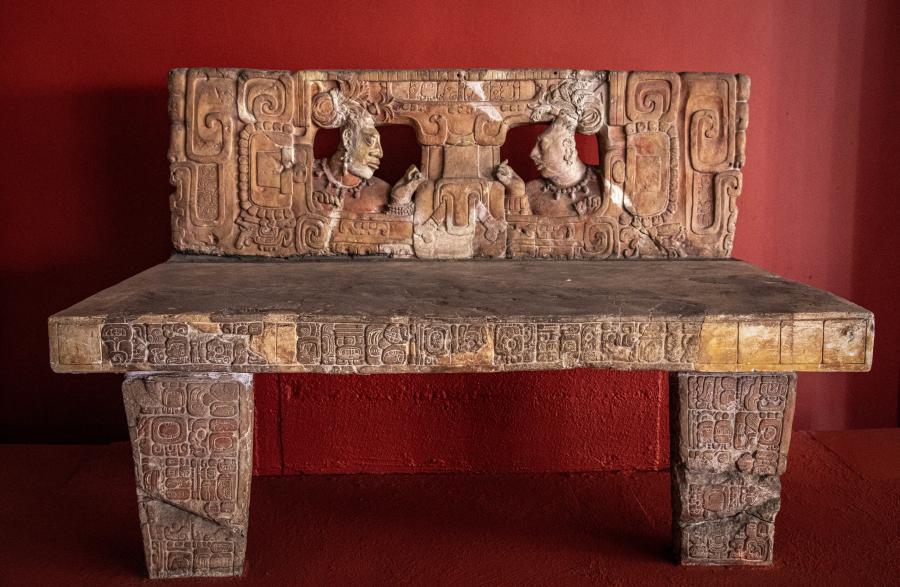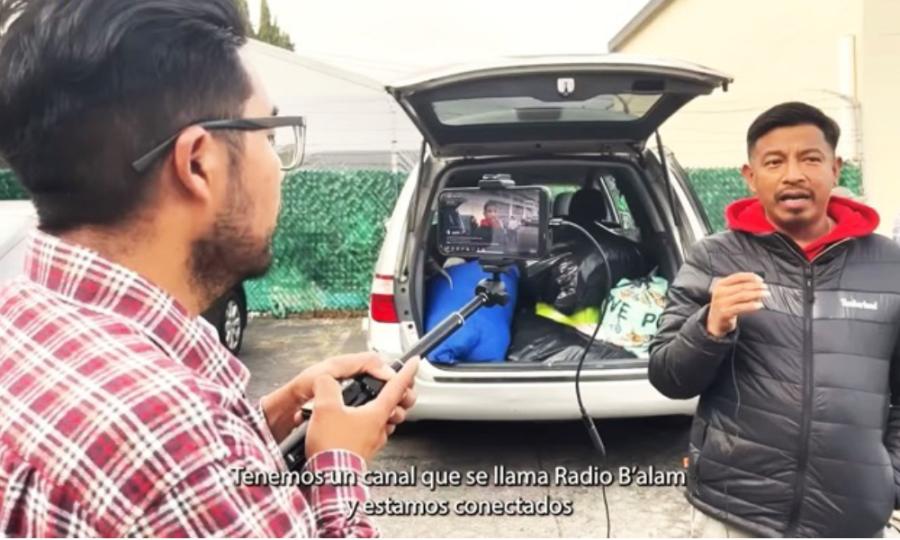Indigenous farmers and crafters told Cultural Survival about their experiences with fair trade and what the movement needs to do to achieve its goals.
About two years ago, Willie Foote from Ecologic, a microfinance company based in Cambridge, Massachusetts, came into the Cultural Survival office to ask if we had done any research on how fair trade impacts indigenous peoples. It was a logical question, based on Cultural Survival’s trade relations with indigenous people through the now-defunct Cultural Survival Enterprises and our ongoing indigenous crafts bazaars. But we had never done any extensive research on this issue. Nor, we learned, had others done much research about the effects of fair trade from the indigenous point of view. Out of Foote’s suggestion, the idea for devoting an entire issue of Cultural Survival Quarterly to fair trade was born. A grant from the Toward Sustainability Foundation enabled us to go to Guatemala and conduct a series of field interviews with indigenous people who are involved in fair trade and publish our findings in this issue.
Even though many products are fairly traded, we decided to focus exclusively on coffee and crafts. These industries seemed to be natural choices, as coffee is second only to oil as an internationally traded commodity, and crafts are indelibly linked to indigenous peoples, both in terms of their cultures and livelihoods. We chose a coffee cooperative, La Voz Que Clama en el Desierto, where we interviewed farmers and managers. To give us a basis for comparison, we also interviewed other coffee workers in the same community who were not associated with a cooperative. We conducted telephone interviews with four other cooperatives in Latin America, as well as with several U.S.-based fair trade brokers, roasters, and consumers. For our crafts research, we interviewed weavers at Asociación Maya, a craft cooperative in Canton Pujujil, Guatemala, as well as members of the association’s staff and board of directors. The interviews were conducted by a mix of Cultural Survival staff and interns, two contracted anthropologists, and members of the Nutzij Women’s Media Collective in Sololá. We also reviewed with great interest the research and findings of the Colorado State University Fair Trade Research Group, which had done a great deal of fieldwork at La Voz in 2002 and proved indispensable to us in putting together this issue.
When compared to many issues faced by indigenous peoples—war, genocide, forced relocation, loss of language, loss of traditional lands, lack of access to government services like health and education—the issue of fair trade may seem trivial. But for many indigenous peoples, economic challenges loom large. In Guatemala, most indigenous people live in rural areas where they survive through a combination of small-scale agriculture augmented by craft production. Beyond serving as a means of economic sustenance, crafts are often one of the identifying features of indigenous cultures. In addition to clothing and accessories, thousands of artisans make furniture, carved masks, paintings, jewelry, carved stone, and other types of art. Hand-woven clothing is one of the things that sets indigenous peoples apart; it has been the basis for discrimination, and a source of cultural pride. Indigenous Guatemalans in traje, or traditional dress, for example, proudly announce what town they are from because each community weaves a distinct pattern.
Maya weavers not only make their own clothing, but also use their skills to create a source of supplemental income. Weaving is not always a fully sustainable means of earning a living, but it is usually better than other alternatives available to the weavers. Sources of income in indigenous communities are scarce, which means indigenous people often are forced to migrate to the cities to perform domestic labor, or to the coasts to do seasonal plantation labor. A weaver who stays at home can tend the house, animals, crops, and children, and maintain a sense of community and cultural heritage in the process.
The Future of Fair
In the same way that the indigenous rights movement has evolved over the last several decades, so too has the fair trade movement. When Cultural Survival was founded more than 30 years ago, the indigenous rights movement was led by anthropologists working to protect endangered indigenous cultures. Today, indigenous peoples are leading efforts to promote their own rights. Cultural Survival is a partner in their fight.
Similarly, fair trade was started by concerned business people in the North to give poor producers in the South a system by which they could make sustainable livelihoods. It is time for fair traders to allow producers to become full partners and to control their own fair trade businesses. As the industry rapidly expands, it runs the risk of losing the sense of connectedness between importers and producers that is meant to be at the core of its philosophy.
Over the course of our research, we became information-gatherers for producers we met who had questions about the fair trade system but did not know how to find the answers. We also uncovered some problems, which, if left unattended, will prove detrimental to the long-term health of the fair trade system. We present these concerns, along with our recommendations for addressing them, in the articles in this issue. Three concerns stand out above the rest: (1) It is important for producers to have relationships with multiple clients, and to consider diversification of their business; (2) It is essential for both indigenous people and fair traders to have a complete understanding of all levels of their fair trade enterprise; and (3) Business practices on the importer’s end of the transaction must be examined as closely as the business practices of the producer. The irony of this last finding is that the fair trade system was instituted as a means to protect and benefit indigenous producers—yet it is the producers who now face the most intense scrutiny under the fair trade certification process.
Consistent with our recommendation that producers and fair traders be equally well informed about how fair trade works, Cultural Survival is sending this magazine to as many fair traders and fair trade policymakers as we can locate. Content from this issue also will be translated into Spanish, French, and Russian, and distributed to indigenous peoples through Cultural Survival Voices, our bi-annual newspaper. Additional content will be translated into indigenous Mayan languages for broadcast through our Guatemala Radio Project.
When fair trade is examined from an indigenous rights point of view, the empowerment of indigenous peoples becomes the key concern. This issue of Cultural Survival Quarterly is meant to open a dialogue between fair traders in the North and the indigenous peoples whom the system is meant to serve. In doing so, we hope to help the fair trade movement move beyond being simply a market niche and realize its full potential as a vehicle for social change.
Mark Camp is the director of operations at Cultural Survival. He was among the Cultural Survival staff who traveled to Guatemala this year to interview indigenous producers about fair trade. Jenn Goodman is program and development assistant at Cultural Survival.



